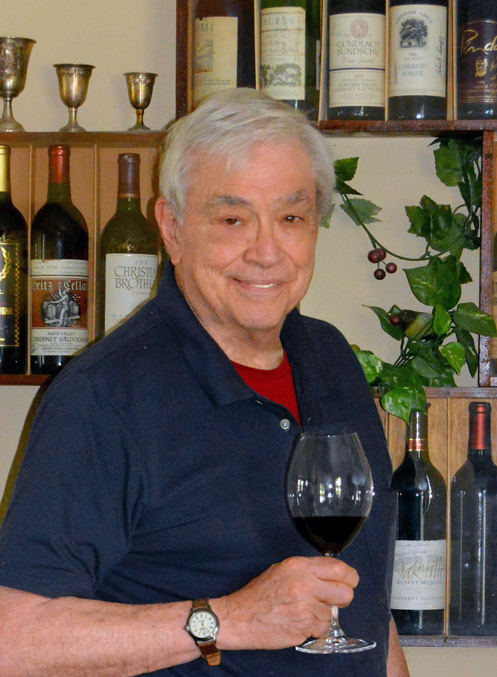EDITORS NOTE: The eruption of Mount Tambora occurred in 1815 but the effects in the United States and Europe were not felt until the following year, 1816
Well, here we go again with the caveat emptor, “let the buyer beware.†It seems that there is a bit of trouble in paradise or rather in the wine country of California. The grape growers of California were hit with the most devastating weather conditions that they have see in many years. They are calling it “the summer that never wasâ€, naming it after the weird weather that occurred in 1815 when Mount Tambora, on the island of Sumbawa, Indonesia erupted. It was the most powerful eruption in over 1,300 years and because of the “stuff†that it blew into the atmosphere changed the weather conditions worldwide in 1816 by lowering temperatures dramatically resulting in colder temperatures and no summer in the northern hemisphere.
Let’s encapsulate the problem in California; grape vine flowering was delayed first by frost, then by rain and then by unusually cool weather throughout the spring. The cool weather continued through to July and August which is usually the time when the growers worry about too much heat and that never occurred during 2011.
It is the hot summers that promote the increase in the sugar and fruit flavors in grapes. That is how the California winemakers can produce the “fruit in your faceâ€, Jam-like higher alcohol wines that they have become so famous for. A side effect, is that as the sugar in the grape declines, the fruit acid increases; all in all, not a situation that the grape growers of California are accustomed to. Northern California has a usually predictable weather pattern, cool springs, warm summers with occasional (and expected) heat spikes and cool evenings. The grape growers expect this. However when Mother Nature turns around and slaps them in the face they must modify their usual techniques to meet the challenge. In 2011, the winemakers will have leaner grapes to work with. The sugar levels will be lower, resulting in lower alcohol levels, while the surviving fruit will be more concentrated in flavor but not of a type that they are accustomed to.
The question now arises, what does all this have to do with us, the wine consumer? It means that the wines produced from grapes of the 2011 vintage may definitely be different. the wines in the over $18 class will be a bit light in the alcohol department but high in character and flavor and will be very similar to the better wines of France.
Chaptalisation, the adding of sugar to increase the alcohol content of a wine is strictly forbidden by California law but the addition of grape concentrate is not. The affordable wines are usually made from grapes grown in many different parts of the state and thus the appellation (place of origin of the grapes) is most often listed on the label simply as California. The addition of a grape concentrate is not looked upon as a sin, but rather as something that is occasionally necessary to bring their wine up to a respectable alcohol level when the natural sugar levels are low and its use need not be listed on the label. Those who drink these wines will probably not even notice the difference from previous years as the blenders will do their magic and offer the public good, solid fruity wines whether with or without the use of concentrates.
Ok, now back to the caveat emptor. We buy wines because we enjoy them. What happens when we do not enjoy the wines? The answer is simple; RETURN IT TO WHERE YOU BOUGHT IT. Most stores will take the wine back and return it to the distributor which indicates that there may be some problem that needs to be corrected. If they do not take it back, don’t patronize that store.
We will do our job as wine writers to keep you abreast of the wines that are worthy of your attention. There will be many good, well made wines from the 2011 vintage but always keep in mind, caveat emptor.
 High Vacuum Engineer: Senior Technical Adviser and Feature Writer for Modern Photography Magazine (1967-1973), co-founder of Together Vineyards, an experimental vineyard in South Florida which was the southern most registered vineyard in the Continental United States. Co-Author of several books on Home Wine Making, Home Beer Making and Distillation of Spirits. Co-owner of Camera & Video Repair Institute in Sunrise Florida.
High Vacuum Engineer: Senior Technical Adviser and Feature Writer for Modern Photography Magazine (1967-1973), co-founder of Together Vineyards, an experimental vineyard in South Florida which was the southern most registered vineyard in the Continental United States. Co-Author of several books on Home Wine Making, Home Beer Making and Distillation of Spirits. Co-owner of Camera & Video Repair Institute in Sunrise Florida.